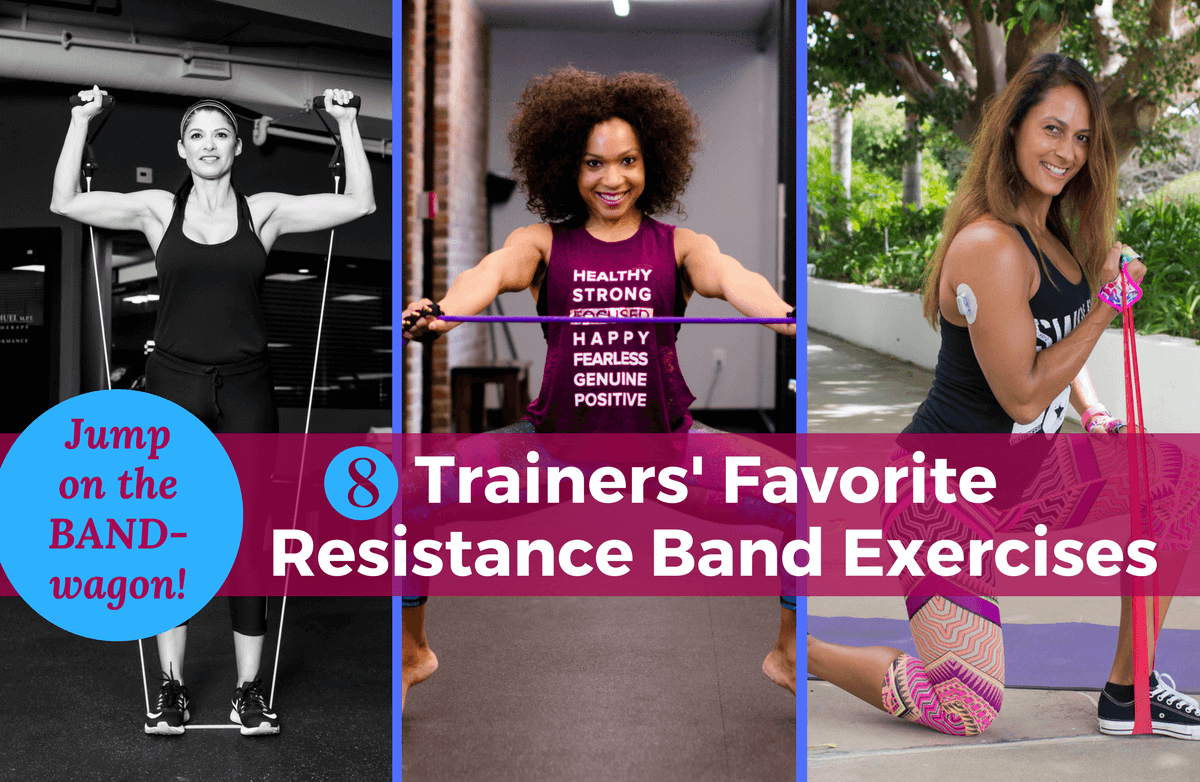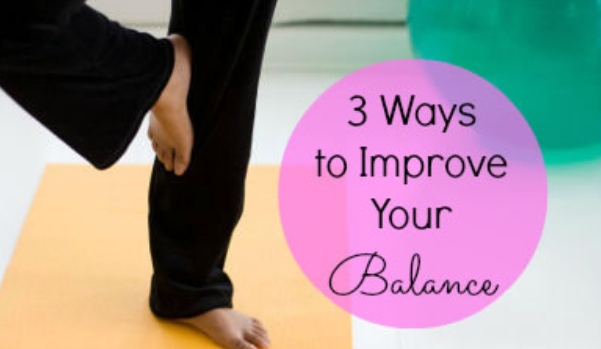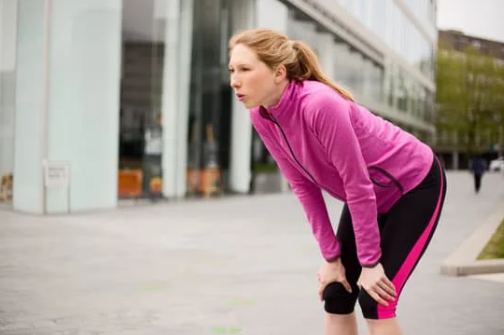The list of reasons to work out is a long one. The Cliff’s Notes version looks a little something like: Feel better, look better, live longer. But there’s an equally long list of reasons not to work out. Some of them—like illness, injury, overtraining or emergency—are justified. But most of them are simply excuses masquerading as reasons.
Next time you’re tempted to skip a workout based on one of these false pretexts, allow us to serve as your official excuse buster.
“I’m too heavy to work out.”
While it can be intimidating to hit the gym when it seems like everyone else is in better shape, personal trainer Jill Brown reminds her clients that the fit people at the gym were once out of shape, too. “Everyone started out as a beginner,” she says. Remember, most gym-goers are also too busy focusing on their own progress to pay attention to anyone else’s perceived imperfections—and a vast majority will even be helpful and welcoming to newbies.
Plus, as Pam Sherman, certified personal trainer with The Perfect Balance, points out, there are countless free online classes available for various fitness levels. Easing into workouts in a home setting can help you become comfortable with basic moves and terminology before venturing into a gym or live fitness class.
“I have to travel.”
In an age of on-demand workouts and ubiquitous fitness franchises, travel is no longer a legitimate reason to stay sedentary. Unless you’re on a quick two-day trip with a tight turnaround, it’s possible to squeeze in some exercise.
Brown often does a few four-minute Tabata rounds in her hotel room, consisting of bodyweight exercises like squats, pushups and burpees. She also packs a resistance band, jump rope and other lightweight fitness gear for in-room workouts.
Most hotels also offer on-site gyms, and if you belong to a gym or boutique fitness studio, check in advance for locations near your travel destination.
“I don't like to work out.”
When Sherman hears this excuse from her clients, she responds with the question, “What did you like to do as a kid?” Often, the answer will help reveal a type of exercise they will enjoy doing long-term.
“I want my clients to love moving their body, [and] not look at it like torture,” she says. “Doing things you like makes it fun and makes you want to include it in your day.”
“I don’t want to invest in a gym membership until I know what it’s like.”
To make the transition easier for beginners, most gyms offer a free trial membership, anywhere from one day up to a full week. These trials may include one or more free group fitness classes, or perhaps even a one-on-one session with a personal trainer. Use this offering to your advantage to get a feel for the facility before committing to the cost.
“I have no time.”
This is perhaps the most common anti-workout excuse—and probably the most easily countered. As Sherman points out, we all make time for the things we want to do. She urges her clients to think about how much time they spend on their electronic devices each day, and then parlay some of that into more movement.
“When it comes down to it, we all have 20 to 30 minutes to move our bodies,” she says. “And it’s a myth that you have to work out for an hour a day—exercise can be broken into 10-minute segments, which is far more doable for many.”
“I’ve tried before, but I never stick with it.”
This may be true, but it is possible to break the cycle, says fitness trainer Cheryl Russo. Try to pinpoint why you haven’t stuck with exercise in the past, and then do it differently. Maybe you didn’t enjoy the activity you were doing and should try something new. Or if you were working out alone, perhaps you would have better stick-to-itiveness with the accountability of an exercise buddy.
“Perhaps you need some type of incentive—an event, a trip, a change of season, a wardrobe change,” suggests Russo. “Think about what you enjoy and find a format that supports it.”
“I'm too tired to work out.”
When Sherman hears this excuse from her clients, she asks them to commit to two weeks of daily movement and then tell her how they feel. Inevitably, they find that exercise actually increases their overall energy instead of draining it.
Also, she points out, many people assume that they have to go “all out” in the gym to get results, but it’s better to start out slowly to allow your body to acclimate to the extra exertion.
“I don’t know how to exercise.”
For those with no exercise experience who don’t know where to start, Russo suggests hiring a personal trainer to create an individualized program to help them reach their goals. “Even if someone can’t afford ongoing training, just one or two sessions can teach them how to use machines or weights and give them a program to follow on their own,” she explains.
Group fitness classes can also be helpful for newbies who need extra instruction. Russo suggests showing up early to talk with the instructor and get any necessary modifications to ensure a safe and effective workout.
“I don’t have the proper clothes or shoes.”
“Honestly, other people don’t care what you wear,” says Russo. “They are focused on their workouts, their trainers or their fitness instructors.” Unless you’re doing a very specialized type of workout, you can wear whatever feels comfortable. If you’re taking a class, running or walking outside or using cardio equipment, find some type of fitness shoe that is appropriate—it doesn’t have to be expensive or fancy. And if shoes are a problem, Russo suggests doing yoga, barre or Pilates, all of which require no footwear.
Unless you have a medical condition or injury that prevents you from doing a certain activity, Russo maintains that there is no legitimate excuse for not exercising. “Everyone can find a time, format and place to work out,” she says. “Look at your calendar and pencil in your workouts. Be consistent. Over time, it will become a habit.”













